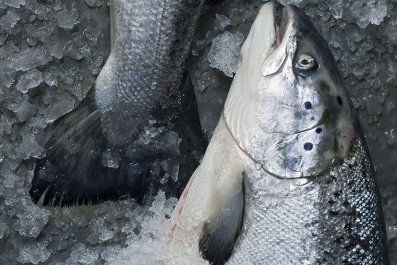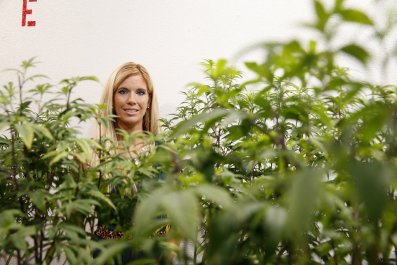Beer has undergone a revolution of sorts as craft beers have exploded onto the market. Breweries worldwide now make extravagantly flavorful beers with equally excessive names like Sweet Baby Jesus, Hell or High Watermelon and Arrogant Bastard. From IPAs and Belgian wheats to imperial stouts and London porters, it seems as if every beer has had its moment in recent years—except for the lowly lager. Despite the fact that lagers are, by sales at least, the most popular beer in America, with Bud Light and Coors Light leading the way, they've always been frowned upon by the beer community. That's all about to change.
Researchers at the VTT Technical Research Center of Finland have discovered a new strain of yeast that allows brewers to—finally—change up the recipe for lagers. Traditionally fermented and conditioned at low temperatures, lagers are made with a cold-hardy yeast species called Saccharomyces pastorianus. It's why Bud and Coors taste so much better cold (or, at least, are marketed that way).
For a while, researchers have known that S. pastorianus is actually a hybrid of two different yeast species. In the 1980s, scientists discovered that the first parent of S. pastorianus was Saccharomyces cerevisiae, which is used in both baking and brewing. The second parent was discovered in 2011 by Argentine scientist Diego Libkind, who identified Saccharomyces eubayanus growing in the wild forests of Patagonia, in South America.
"Once eubayanus was discovered, things suddenly became very interesting," says Brian Gibson, who studies brewing yeasts at VTT. Gibson and his team just announced the creation of a new hybrid of S. cerevisiae and S. eubayanus that they believe will lead to better-tasting lagers that can be produced faster and with higher alcohol concentrations than those made with either parent alone or S. pastorianus.
The first few lagers they made with the process have a "clovey aroma," Gibson says, with flavors reminiscent of a German-style wheat beer. But that's just a start. Gibson says that building a wide variety of lager flavors that use the S. cerevisiae-S. eubayanus hybrid is relatively easy. "The idea is to have a whole range of strains, and you just pick and choose."
Chances are that there will soon be more flavorful lagers in stores countrywide. Gibson can't yet say which beer-makers will getting involved, but "there has been interest from a number of international breweries as well as domestic breweries." In addition, his team is "currently investigating the application of hybrid strains for cider and wine fermentation."
Then there's another project that could turn out to even more game changing. Gibson's team is now turning the focus to making new yeast matchups that could create lower-calorie beers that will taste as good as anything you can get on tap.






















